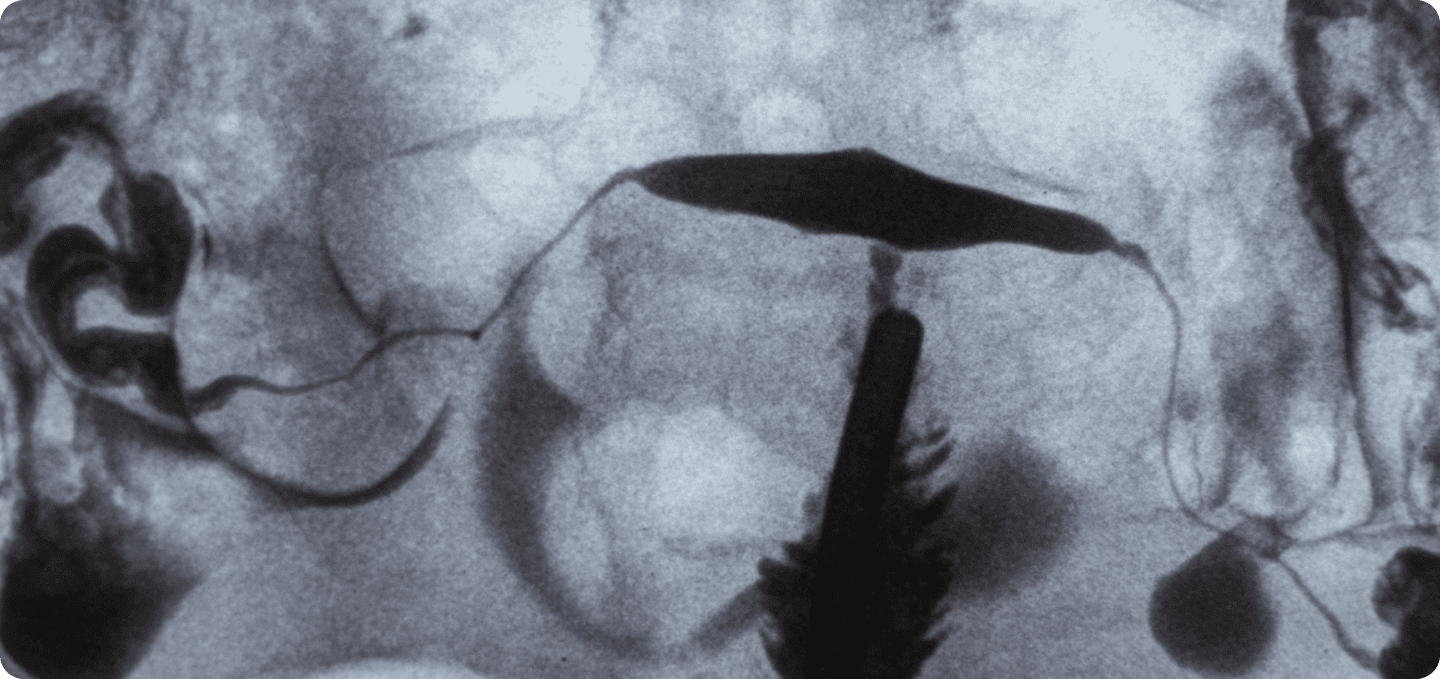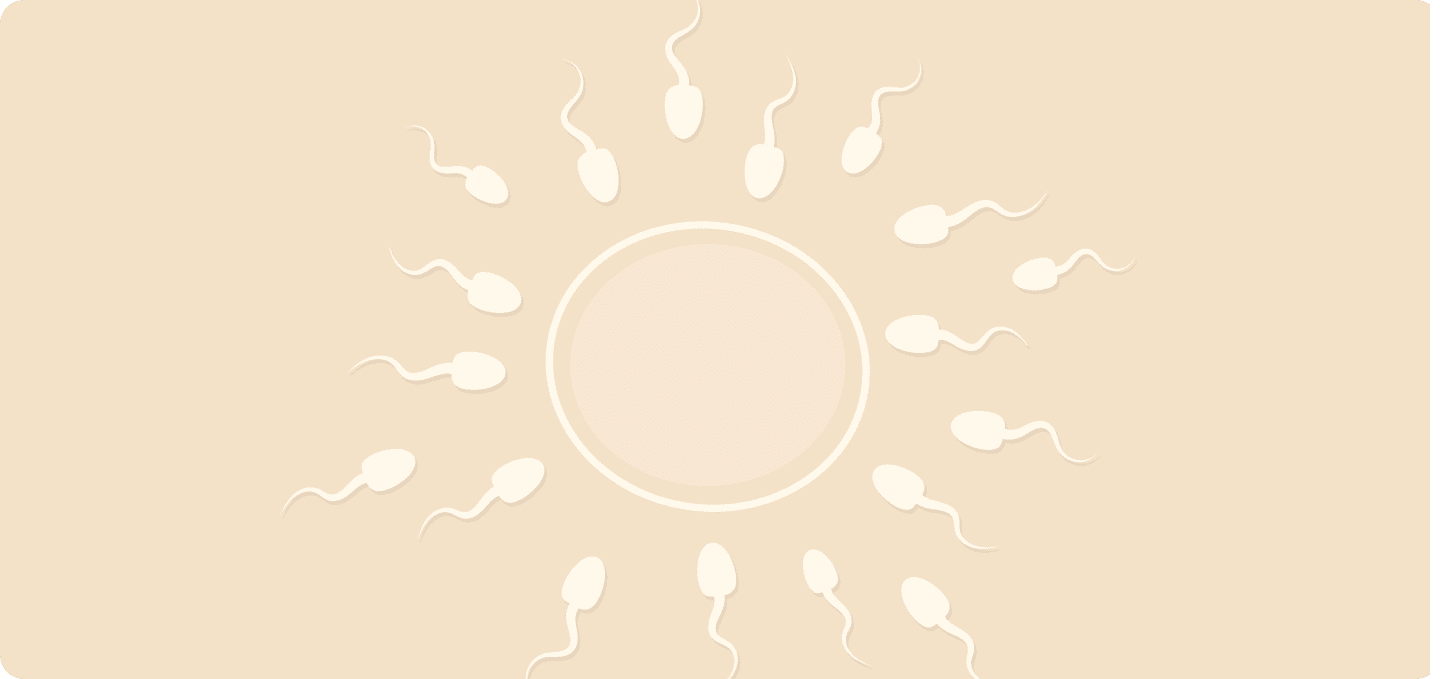Many women don’t know they have blocked fallopian tubes until they try to conceive. Learn the causes, symptoms, diagnosis, and treatments—including IVF—for a successful pregnancy.
Key Facts About Blocked Tubes
- Patent fallopian tubes are essential for conception.
- Fertilization normally occurs inside the tube.
- The fertilized egg travels through the tube to the uterus, where implantation happens.
- Tubal conditions account for 25–35% of female infertility.
- A HyCoSy is the only way to confirm whether your tubes are truly patent.
Why Patent Fallopian Tubes Matter
Healthy, patent fallopian tubes allow the egg to meet sperm and reach the uterus. A tubal occlusion can block this pathway entirely, making conception difficult and sometimes impossible without medical help. In fact, tubal factor infertility is a common cause of infertility.
The Egg’s Journey
After ovulation, a mature egg is released from the ovary. The fimbriae, tiny finger-like structures at the end of the tube, sweep the egg inside.
It moves through the ampulla—the widest section—where fertilization typically occurs. The fertilized egg then passes through the isthmus, a narrower part that guides it into the uterus for implantation into the endometrial lining.

What Happens When Tubes Are Blocked?
If the tubes are blocked by scar tissue, adhesions, cysts, fibroids or conditions such as endometriosis, the egg cannot travel normally.
This may prevent fertilization or cause an ectopic pregnancy, where the embryo implants outside the uterus. An ectopic pregnancy is a medical emergency requiring immediate care.
Learn more about how to get pregnant with blocked fallopian tubes in this podcast:
Most Common Causes of Blocked Fallopian Tubes
About 25–35% of female infertility cases are caused by conditions affecting the female reproductive system. The fallopian tubes are particularly often involved, as they can be blocked by inflammation or other issues, such as an ectopic pregnancy or adhesions.
This makes it all the more important to understand the potential triggers of these problems, which include:
- Chlamydia infection
- Endometriosis
- Pelvic inflammatory disease (PID)
- Abdominal surgery
- Ectopic pregnancy
- Congenital abnormalities
1. Chlamydia infection and other sexually transmitted infections (STIs)
Infections—especially those caused by bacteria such as chlamydia or gonorrhea—are one of the main causes of tubal blockage. If left untreated, these sexually transmitted diseases can lead to salpingitis (inflammation of the fallopian tubes), which causes scar tissue and adhesions.
Chlamydia often produces no symptoms, increasing the risk of an undetected and therefore untreated infection.
2. Endometriosis
In endometriosis, tissue similar to the endometrial lining grows outside the uterus, often in the pelvic area. This tissue can cause inflammation and adhesions that block the tubes.
Endometriotic lesions can attach directly to the fallopian tubes or cause surrounding inflammation that leads to tubal blockage. Fibroids can also compress or obstruct the tubes.
3. Pelvic inflammatory disease (PID)
PID is a pelvic infection of the female reproductive organs, often caused by sexually transmitted infections.
It can lead to severe tube damage, including scar tissue formation and adhesions.
4. Previous abdominal surgery
Surgery involving the fallopian tubes, uterus, or other pelvic organs can cause adhesions and scar tissue.
Even procedures such as a C-section or appendectomy can, in rare cases, result in scarring that affects tube patency.
5. Ectopic pregnancy
Normally, the fertilized egg travels through the tube to the uterus, where it implants in the endometrial lining. In some cases, the egg becomes trapped in the tube and begins to grow there—this is known as an ectopic pregnancy.
Having had one ectopic pregnancy increases the risk of another. Causes are often unknown, but risk factors include a history of ectopic pregnancy, pelvic infection, tubal blockage, or structural tube abnormalities.
6. Congenital abnormalities
In rare cases, women are born with malformations of the tubes that impair their function.

Tests to Check Fallopian Tube Patency
To diagnose and confirm that the fallopian tubes are patent, your healthcare provider can use several examination methods. These are important first steps in planning targeted treatment options later on:
- Ultrasound
- HSG
- HyCoSy
- Laparoscopy
Ultrasound Examination
A transabdominal ultrasound is often performed first. The probe is placed on the patient’s abdomen to provide initial information about structural changes or adhesions that may affect tube patency.

Hysterosalpingography (HSG)
HSG (hysterosalpingography) is a well-established x-ray procedure in which contrast dye is introduced into the uterine cavity via a catheter. It produces detailed images showing whether the tubes are patent or if a tubal blockage is present—an important factor in identifying the cause of infertility.

HyCoSy
A HyCoSy (hysterosalpingo-contrast sonography) is an alternative to HSG. It works in a similar way but uses ultrasound instead of x-rays to assess the tubes. Contrast is introduced into the uterus, and the tubes are examined via ultrasound. HyCoSy is gentler, as it avoids radiation exposure—and it is the only method that can definitively confirm whether your tubes are patent.
Hysteroscopy
In some cases, a hysteroscopy may be performed. A small camera is inserted through the vagina and cervix into the uterus to provide images of the inside of the uterine cavity and the tubal openings. This surgical procedure is usually done under general anesthesia.
Laparoscopy
When a more detailed evaluation is needed, a laparoscopy (also called laparoscopic surgery) can be performed. Through a small incision in the abdomen, the doctor inserts a camera to view the fallopian tubes and other pelvic organs directly. Laparoscopy can also reveal scar tissue, adhesions, or tubal occlusion.
Treatment Options
Your treatment options depend on whether the tubal occlusion is partial or complete:
- Natural conception is sometimes possible if only one tube is affected.
- IUI (intrauterine insemination) can help if there is partial tubal blockage.
- IVF treatment (in vitro fertilization) is often the first choice for complete tubal occlusion—it bypasses the tubes entirely by fertilizing eggs outside the body and transferring the embryo directly into the uterus.
To choose the most effective method, a personalized consultation with a fertility specialist is essential for accurate diagnosis and treatment planning.

Takeaway: Check Fallopian Tube Blockage with HSG or HyCoSy
Healthy, patent fallopian tubes are vital for conception. If a tubal blockage is found, IVF treatment can bypass the tubes and offer an excellent chance of a successful pregnancy.
At our fertility clinic in Zurich, we provide advanced diagnostic tests—such as HSG and HyCoSy—and create personalized fertility treatment plans to give you the best possible path to parenthood.
FAQ on Blocked Fallopian Tubes
What are the fallopian tubes and where are they located
The fallopian tubes—also called tuba uterina or oviducts—are part of the female reproductive system. Every woman has two tubes, each connecting an ovary to the uterus. They are about 10–12 cm long, curve around the ovaries, and have four layers, including smooth muscle for egg transport and an inner lining that produces mucus to help move the egg.
What is the function of the fallopian tubes?
Their main roles are to provide the site for fertilization and to transport the fertilized egg to the uterus for implantation. Fertilization usually happens in the outer two-thirds of the tube. The embryo reaches the uterus about 3–5 days later.
How can I keep my fallopian tubes healthy?
Most tube problems stem from infections, especially sexually transmitted infections like chlamydia. Using condoms, seeking medical advice promptly for suspected infections, and treating them early can prevent scar tissue and adhesions that may lead to tubal blockage.
Can I get pregnant if my fallopian tubes are blocked?
Yes. If only one tube is affected, natural conception may still be possible. IUI may help in partial blockages, while IVF treatment is typically recommended for complete tubal occlusion in both tubes.
What are the symptoms of blocked fallopian tubes?
Often, there are no symptoms. Some women may experience pelvic pain, changes in their menstrual cycle, or unusual vaginal discharge.







